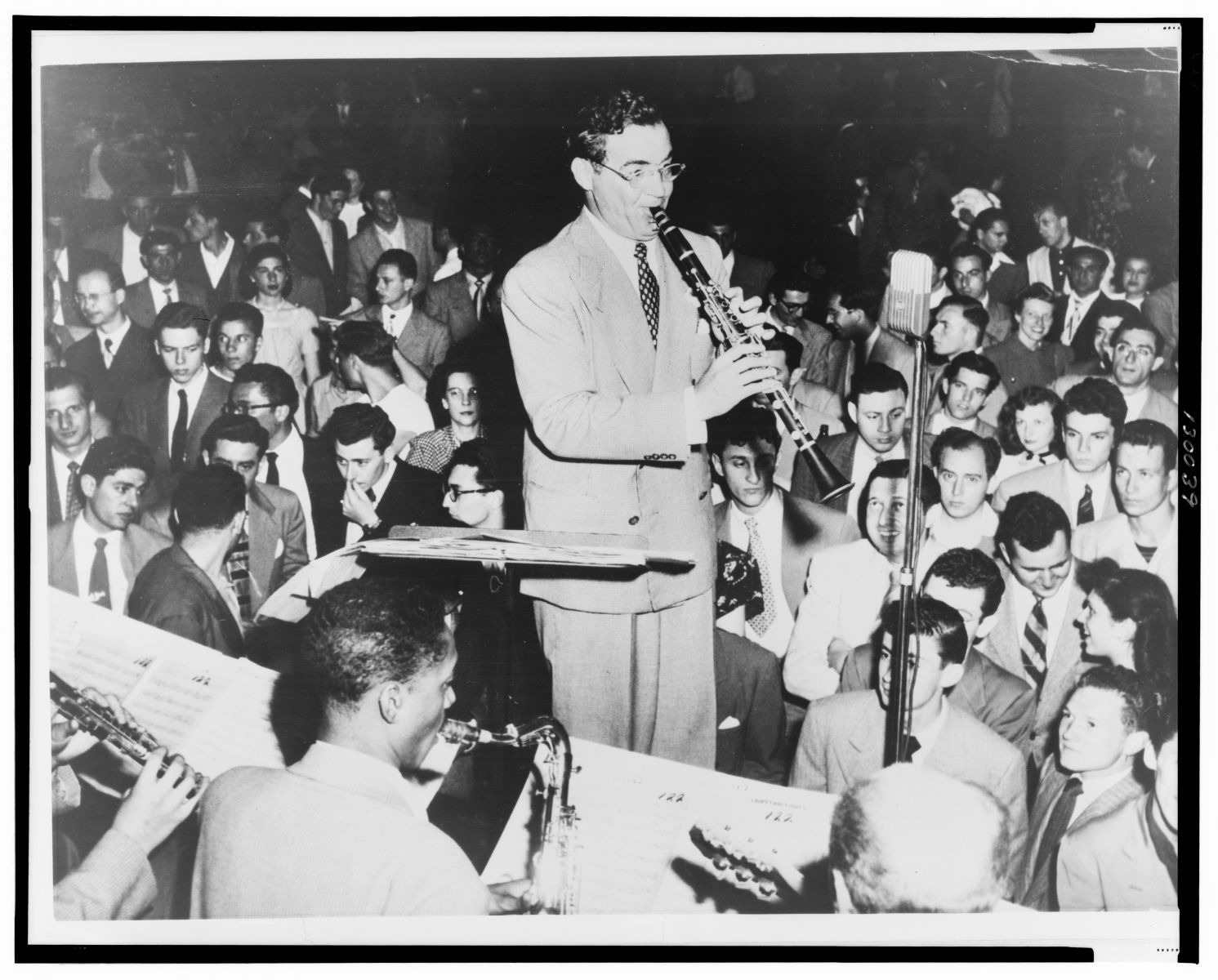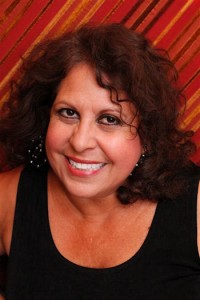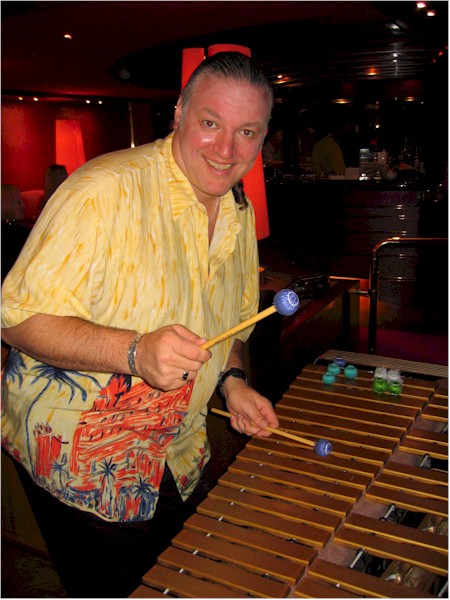
Benny Goodman and his band. Photo in public domain
On this edition of Riverwalk Jazz, The Jim Cullum Jazz Band and their guests salute clarinet virtuoso and bandleader Benny Goodman, the musical genius who helped move jazz into the mainstream of American popular music. Coast to coast live radio broadcasts and a string of smash hit recordings in the 30s made Goodman the most popular and, quite possibly the most influential, clarinet player in jazz history. He transformed 1920s-style hot jazz into Swing, setting off a colossal dance craze that spanned a decade from the Great Depression to the end of World War II.

Swing dancers. Photo in public domain
The Swing Era held sway between the 1920s Jazz Age and the onset of ‘rock and roll’ in the 50s, some 30 years later. Big band Swing became the theme music for the first generation of Americans to grow up listening to the radio and going to the movies. The Lindy Hop and Jitterbug were hip moves on the dance floor in glittering big-city nightclubs and small-town high school gyms.
In the early 1930s the straight-laced, young clarinet player and bandleader Benny Goodman in his spectacles, white dress shirts and ties captured the public's imagination with his soaring clarinet sound. His big band played hot swing on radio, records and road tours throughout America. Benny lived up to the title created by his press agent. In spite of heavyweight competitors like Count Basie and Artie Shaw, Goodman held onto his title, the "King of Swing."
Jim Cullum says,
"Benny Goodman took the hot jazz he grew up listening to and expanded the traditional front-line instrumentation of clarinet, cornet, saxophone and trombone into complete orchestra sections. The hallmark of the Goodman bands was their precision Swing arrangements. Goodman was famous for rehearsing his band over and over until everything was perfect. Benny attracted some of the great legends of jazz to his bands, guys like jazz trumpeters Bunny Berigan and Harry James, guitarist Charlie Christian and vibist Lionel Hampton. Long after the Swing Era ended, Goodman remained one of the most bankable stars in jazz history. He kept right on working until his death in 1986, and his recording legacy remains one of the richest in jazz."

Stephanie Nakasian. Photo courtesy of the artist
Joining forces with The Jim Cullum Jazz Band are special guests Stephanie Nakasian on vocals and John Cocuzzi on vibes. This broadcast features music Goodman recorded both with his big band and smaller ensembles. In his biography of Benny Goodman, Swing, Swing Swing, author Ross Firestone notes, “…although the big bands gave the Swing Era its commercial popularity, it was casually assembled small group sessions... that produced much of its inspired music.”

John Cocuzzi. Photo courtesy of the artist
In various combinations of trio, quartet and sextet, Goodman recorded standards performed here such as "Nagasaki" and well-known specialties including "Stompin' at the Savoy" and "Rachel's Dream. "Sweet Leilani,” here featuring Allan Vaché on clarinet and John Cocuzzi on vibes, was first introduced in a1937 film and became a huge hit that year for both Benny Goodman and Bing Crosby.
Host David Holt interviews the reclusive Helen Ward by phone in her retirement years. She had been the ‘girl’ singer with Benny Goodman’s orchestra from 1934-37, early in the ensemble’s success. She was the first of many popular “girl singers” associated with swing bands. Ward talks about her relationship with Goodman, and recalls his personality quirks, down-to-earth kindness, generosity and humor. Veteran jazz singer Stephanie Nakasian pays homage to Helen Ward with "Goody Goody" from 1936, and to another Goodman band ‘girl singer’ Peggy Lee, with the bluesy "Why Don't You Do Right?" a million-selling hit for Lee with Goodman in 1942.
Photo credit for Home Page image: Benny Goodman, 1946. Image in public domain.
Text based on Riverwalk Jazz script by Margaret Moos Pick ©1992

